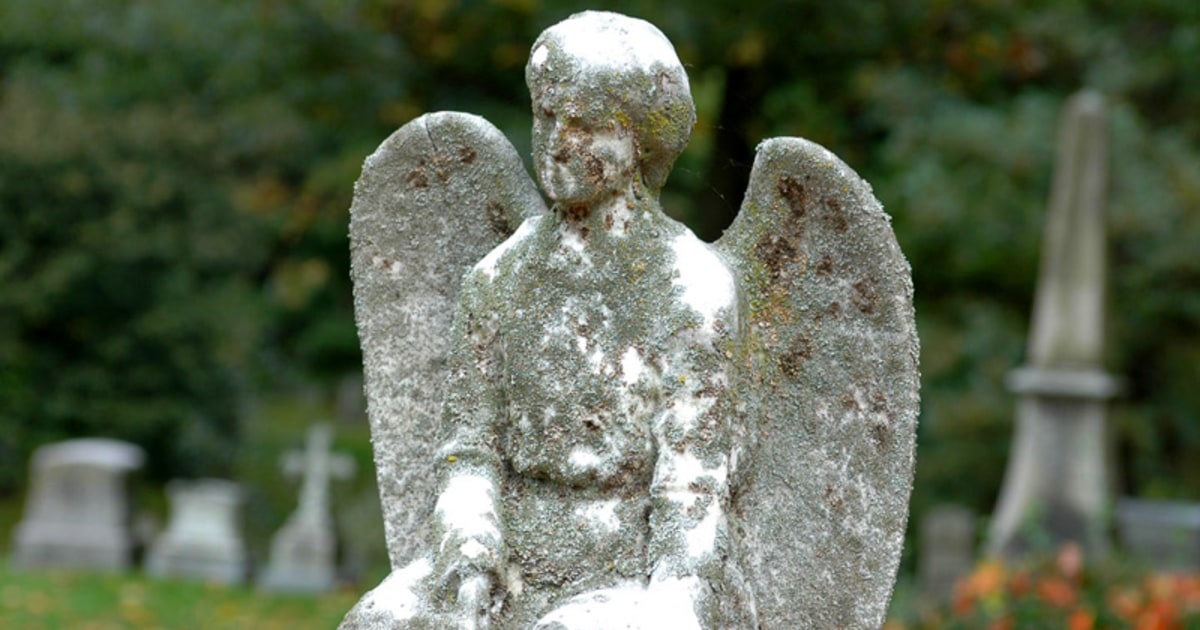Table of Contents
Cemeteries are places where you can breathe spirituality but also vitality, in a sense. Here are some of the most evocative in the world.
Cemeteries: here are the most evocative cemeteries in the world
Cemeteries are certainly places where you can breathe spirituality separate from religions, beliefs, customs and traditions.
For this reason, but not only, visiting the cemeteries of the cities and towns where we are can be a truly evocative experience.
These places reveal many things about people and people, about the mentality and civilization on which life is built.
It seems a paradox, but it is only in appearance. It also seems macabre, but even then it is only in appearance.
Highgate Cemetery in London
It is one of the largest cemeteries surrounded by nature. The London cemetery has been included in the English Heritage Register of Parks and Gardens of Historic Interest.
Opened in 1839, today it is a true open-air museum. The cemetery houses, among others, the graves of Karl Marx, George Eliot and Michael Faraday.
Old Jewish Cemetery in Prague
It was founded in 1439 and is located in the Jewish quarter of Prague.
It is one of the most famous of its kind in Europe. Its main feature is the presence of overlapping graves. The lack of space was due to the fact that the cemetery could not expand beyond the existing perimeter.
Therefore, today the tombs reach up to 9 layers. Today there are about twelve thousand tombstones, but the number of buried Jews could even exceed one hundred thousand. The oldest tomb is that of Avigdor Kara from 1439. The most famous is that of Rabbi Rabbi Löw.
City of the Dead in Cairo
It is called Al-Qarāfa and here the dead literally coexist with the living. Approximately one million Egyptians live among the tombs of the dead.
The tombs are located in courtyards between buildings or intertwined with surrounding buildings. Or again in an extension of funerary areas. It is a real necropolis, rich in art and monuments of historical importance, but equally full of poverty.
Père-Lachaise in Paris
This is the first and largest civil cemetery in Paris. It was designed in the early 19th century by Alexandre-Théodore Brongniart. Among the most illustrious people buried here are Abelard and Eloise, Savinien Cyrano de Bergerac, Molière, Jean de La Fontaine, Oscar Wilde, Marcel Proust, Michel Petrucciani. In Montmatre there is a smaller and less famous cemetery, but just as impressive and with equally interesting guests.
Cimitirul Vesel (joyful cemetery) in Romania
This burial place is located in Săpânţa and is characterized by painted tombs with scenes from the life of the person buried there. Often, these scenes are also ironic, accompanied by a humorous poem. All this is linked to the culture of the ancient Dacians, who consider death as a moment of joy because the deceased reaches a better life.
Non-Catholic cemetery in Rome
This cemetery, located just behind the Pyramid of Cestius, was born at the beginning of the 17th century. At that time the rules of the Catholic Church forbade burial in consecrated ground to non-Catholics. For this reason, Protestants, Jews, Orthodox and suicides were buried outside the walls, at night, to avoid expressions of religious fanaticism. The most famous tombs that can be found are those of John Keats, Percy Bysshe Shelley, Antonio Gramsci and Carlo Emilio Gadda.





